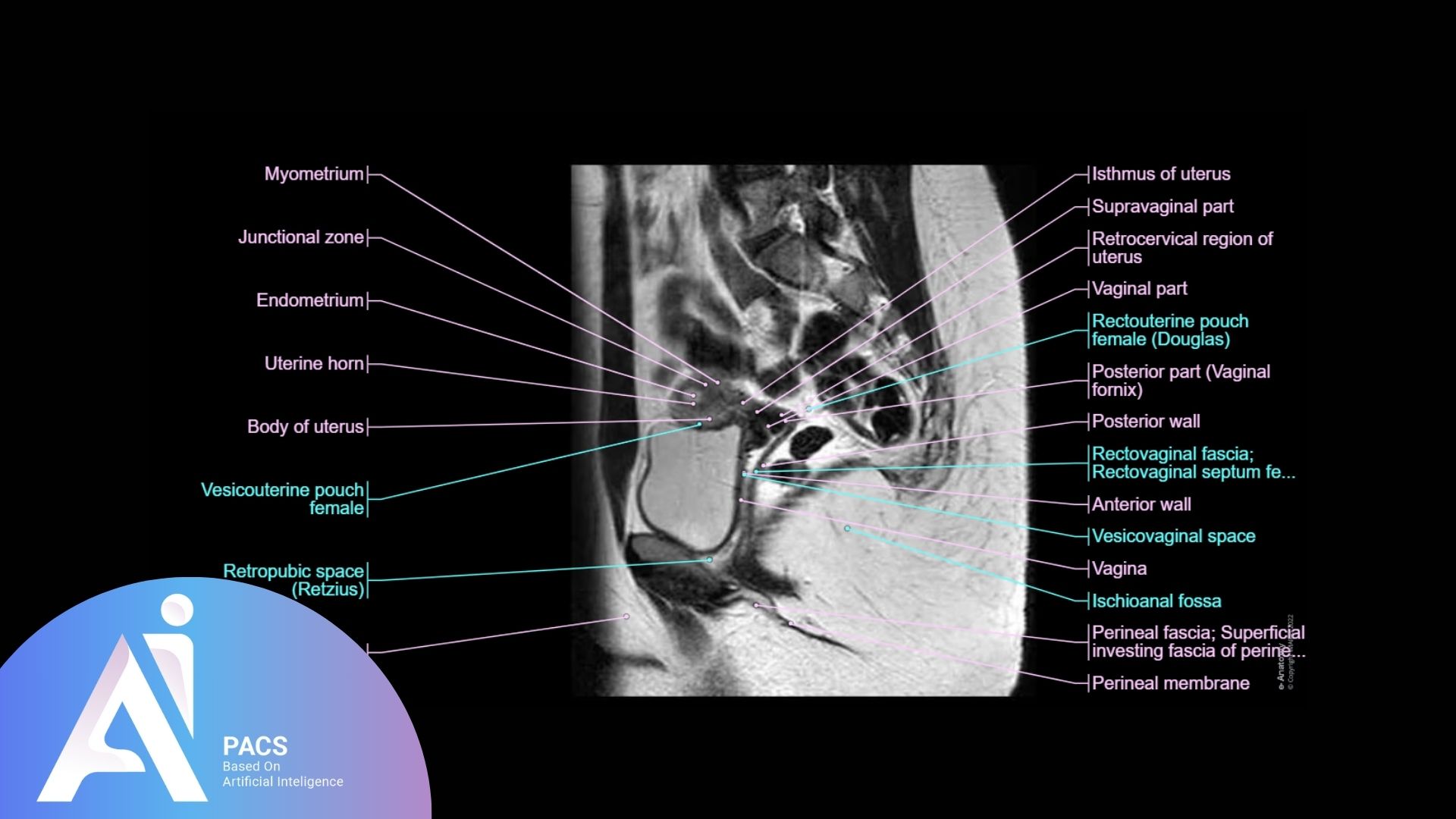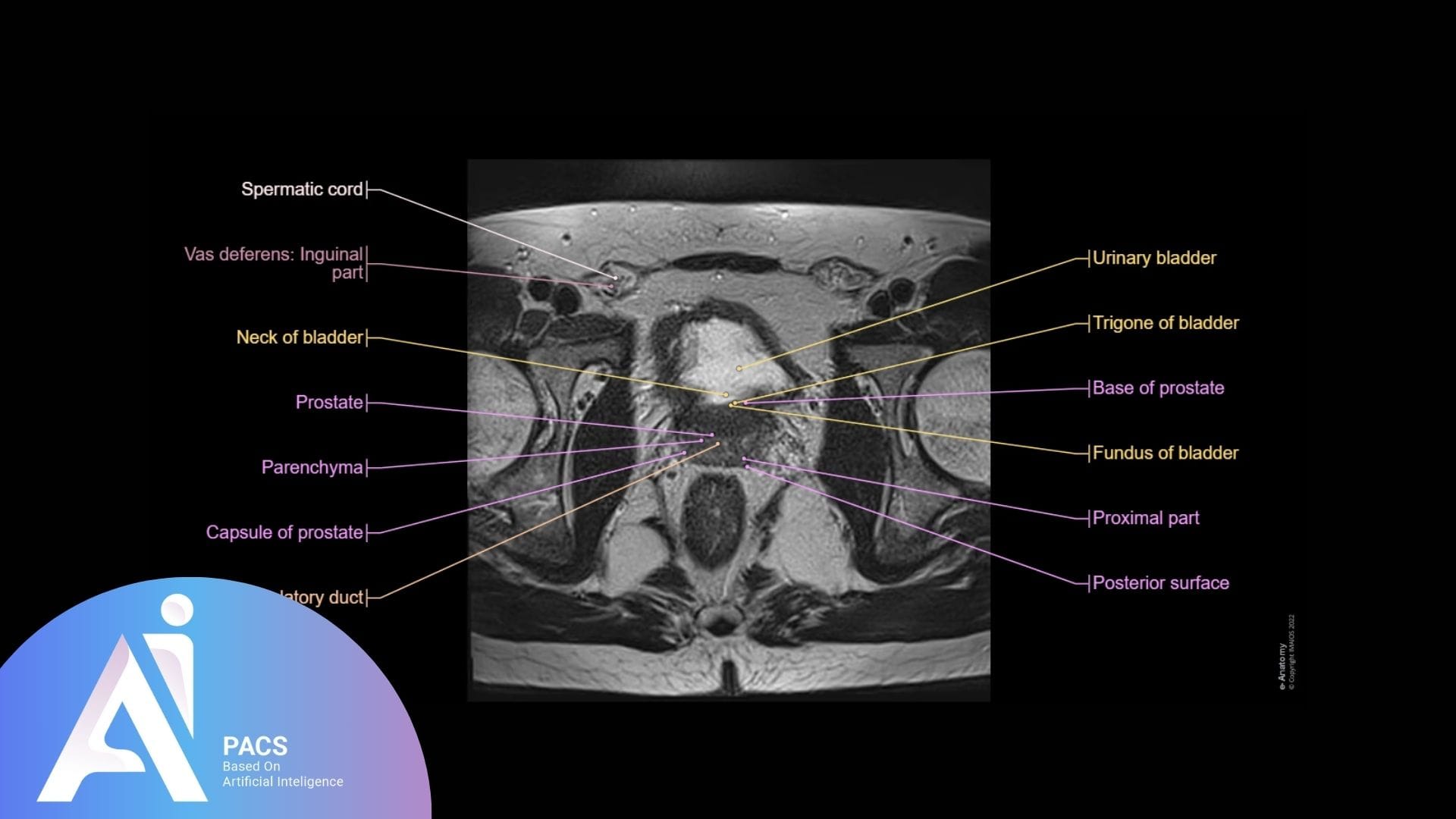How to Interpret MRI Results for Pelvic and Reproductive Health: What Does My Report Say?
Receiving a pelvic MRI report for concerns like pain, abnormal bleeding, fertility issues, or a pelvic mass can be confusing. These reports often contain unfamiliar terms about your uterus, ovaries, prostate, or other pelvic organs. This article will help you understand the key findings in your pelvic MRI and how they relate to your symptoms and treatment options.
Real-Life Scenario: A Patient’s Journey
Imagine Hanna, a 32-year-old woman with chronic pelvic pain and irregular periods. Her doctor first did an ultrasound and found a possible cyst. To get more details, a pelvic MRI was ordered, which reported terms like fibroid, endometrioma, and adenomyosis. Unsure what these words meant or what to do next, Hanna sought expert help to interpret her report and understand her treatment options.
Feeling unsure about your MRI results?
Upload your pelvic MRI for a professional second opinion from expert radiologists and get a clear explanation of what your report really means.
👉 Get Your MRI Report Reviewed

What Do These Medical Terms Mean?
Uterine Fibroid (Leiomyoma)
What is it? A benign muscle growth in the uterus.
Why it matters: Fibroids are common and can cause heavy periods, pain, or pressure.
About Classification (FIGO)
Doctors often describe fibroids using the FIGO classification, which indicates the location of the fibroid within or around the uterus. The position of the fibroid affects your symptoms (such as bleeding or pressure) and helps your doctor determine the best treatment. For example, fibroids that grow into the uterine cavity are more likely to cause heavy bleeding and fertility issues.
Endometriosis / Endometrioma
What is it? Endometriosis means that tissue similar to the uterine lining grows outside the uterus.
Why it matters: It can cause pain and affect fertility. An endometrioma is a type of ovarian cyst related to endometriosis.
Ovarian Cyst
What is it? A fluid-filled sac on or inside an ovary.
Why it matters: Most are harmless and resolve on their own, but some can cause pain, bloating, or occasionally require treatment.
Adenomyosis
What is it? Uterine lining tissue within the muscular wall of the uterus.
Why it matters: It may cause heavy, painful periods and an enlarged uterus.
Hydrosalpinx
What is it? A fallopian tube filled with fluid, usually after infection.
Why it matters: It can cause discomfort or affect fertility.
Prostate Enlargement (for men)
What is it? An increase in prostate gland size.
Why it matters: It can cause urinary symptoms, but only needs treatment if bothersome.
Pelvic Mass or Lesion
What is it? Any abnormal lump or area in the pelvis, like a cyst, fibroid, or tumor.
Why it matters: Most are benign, but some may need further investigation or treatment.

What Does This Report Say About My Condition?
Your pelvic MRI report is intended to provide a clear map of what’s happening.
- Findings like “benign cyst” or “no evidence of malignancy” are reassuring.
- Descriptions often mention size, location, and the severity of a problem (mild, moderate, or severe).
- For fibroids, the FIGO classification helps match your symptoms (like heavy bleeding or fertility problems) with the best treatment, whether medication, minimally invasive procedures, or surgery.
Remember, two people with the same finding may need different treatments depending on their symptoms and health goals.
If your report leaves you with questions or concerns, an expert review can clarify what matters most for you.
Why You Should Get an Expert to Review Your Report
Medical imaging reports are packed with technical language. Misunderstanding can lead to unnecessary worry or missed options.
A professional second opinion gives you clear explanations, confidence in your next step, and peace of mind.
At AI-PACS, our radiology experts and AI technology translate your report into language you can use; whether your concerns are about pain, bleeding, or future fertility.
Next Steps: Let’s Help You Understand Your Report
If you have a pelvic MRI report and aren’t sure what the findings mean for your health, we’re here to help.
✅ Upload your report for expert review:
👉 Online radiology report services
Reference:
radiologykey.com
imaios.com






